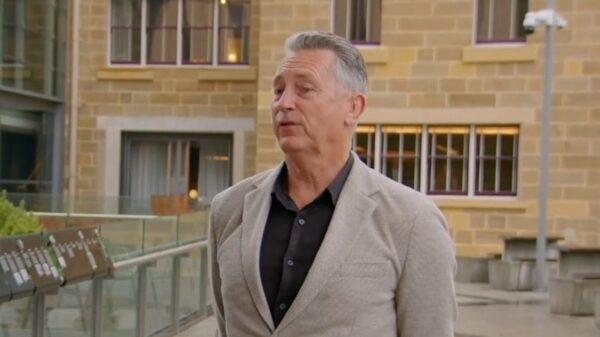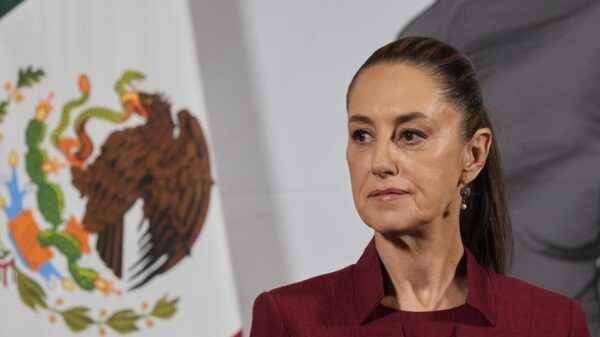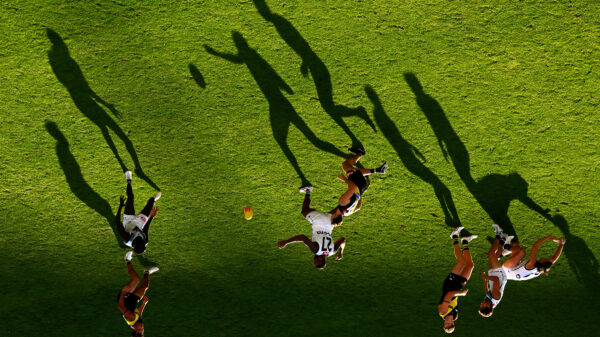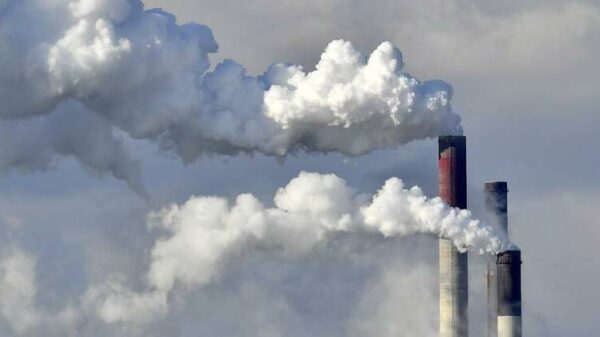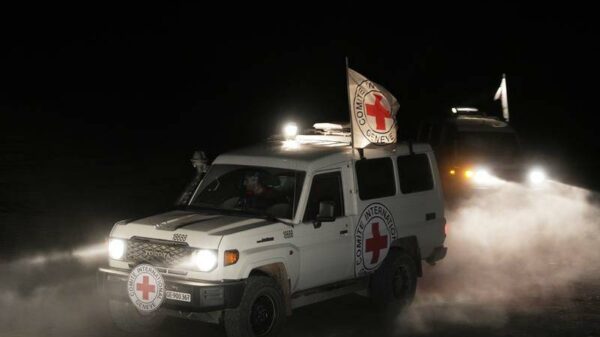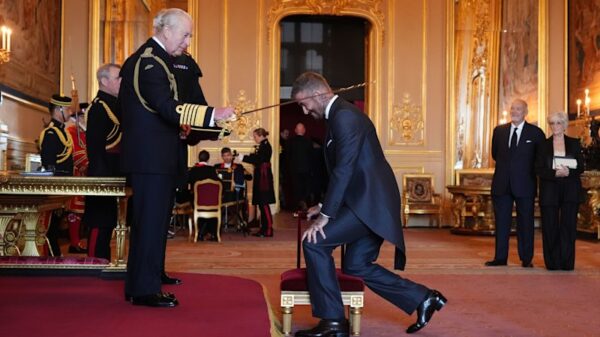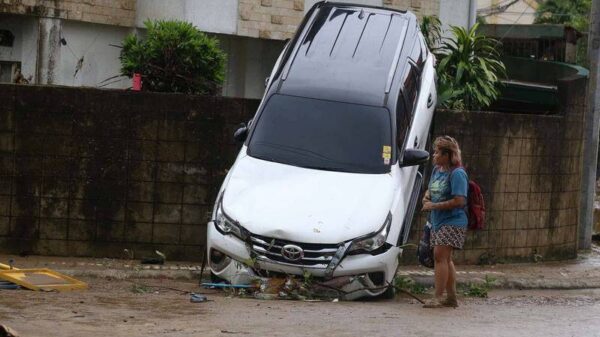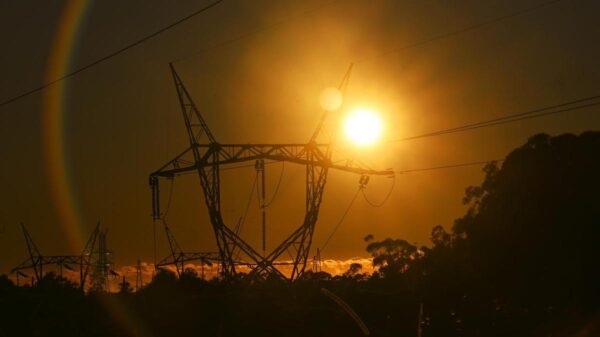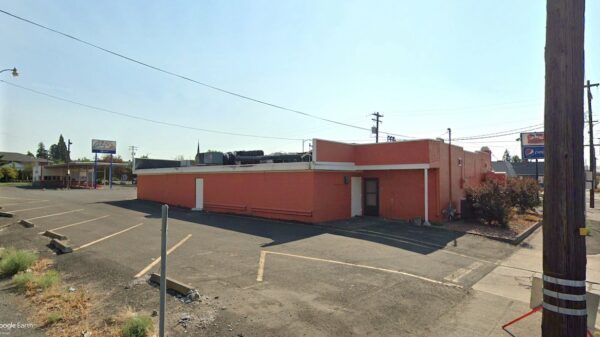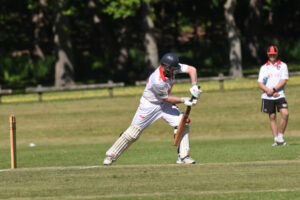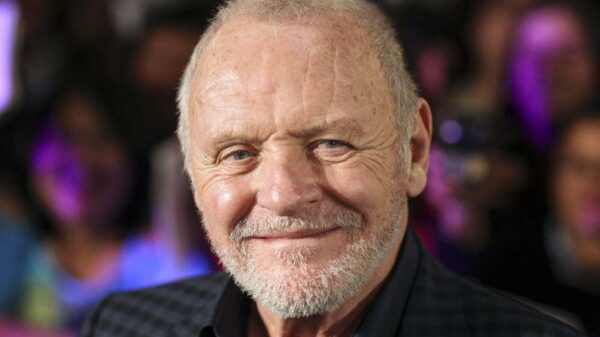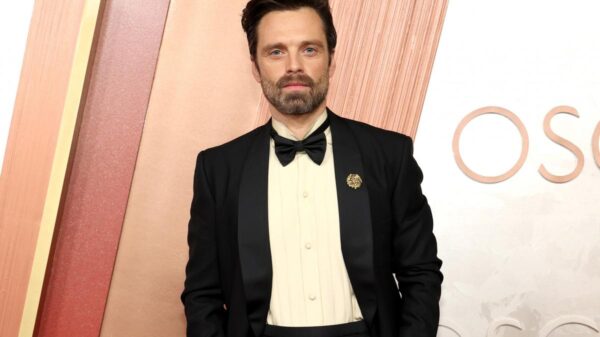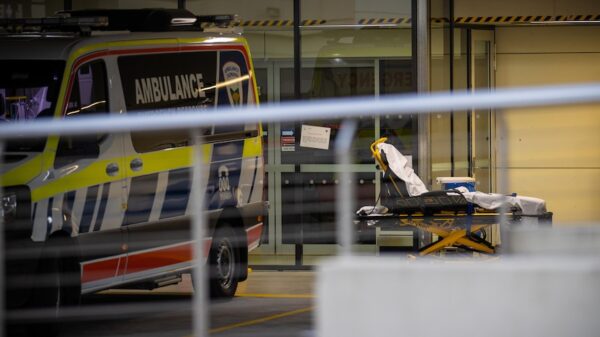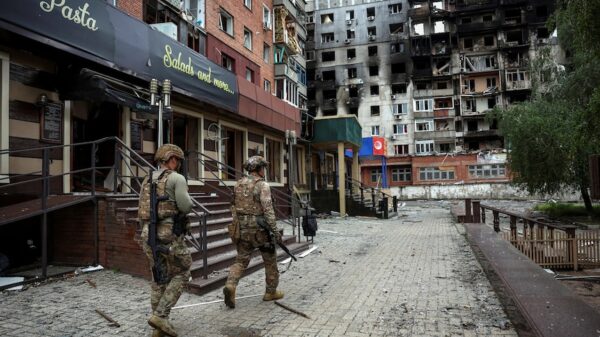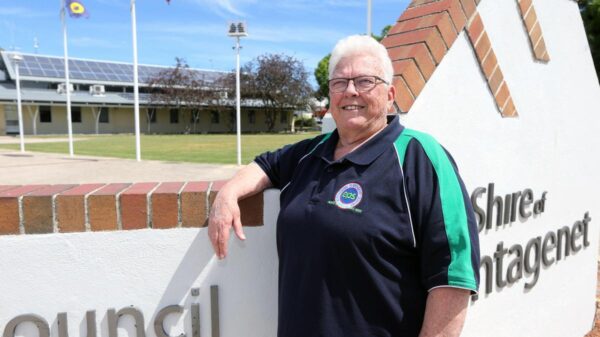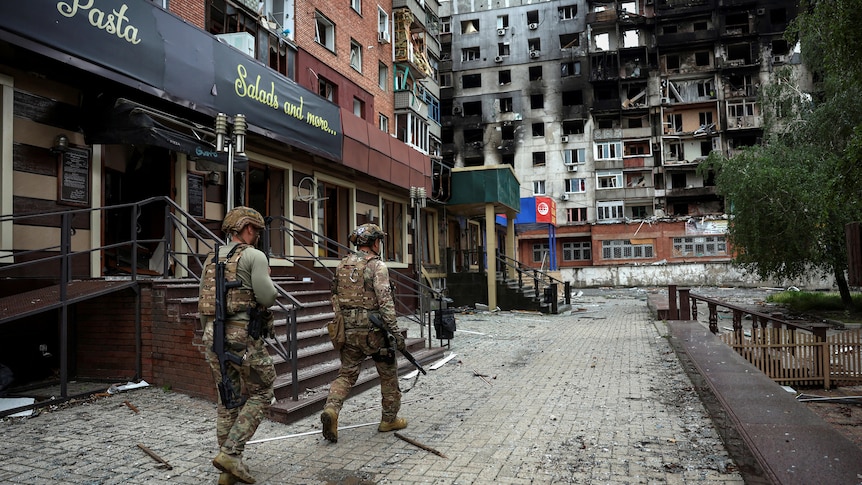Intense fighting continues in and around the city of Pokrovsk in eastern Ukraine’s Donetsk region as Russian forces deploy approximately 100,000 troops in an effort to seize this vital strategic center. Pokrovsk is a crucial logistics hub and military supply route, deemed essential by Moscow for further advances into the Donetsk area. The Ukrainian army is fiercely resisting, but has acknowledged the challenges its forces face in the ongoing battle.
Russian military efforts to capture Pokrovsk have been persistent for over a year, as the city is viewed as a gateway to the remaining 10 percent of Ukraine’s industrial Donbas region. The region, which once had a population of about 60,000 people, has seen most residents evacuate due to the escalating conflict.
The Russian Ministry of Defense has reported that two assault groups are actively engaged in targeting Ukrainian troops across multiple districts of Pokrovsk, while also continuing an offensive push to the north. In response, the Ukrainian military has denied claims of its forces being encircled, asserting that they are implementing measures to block Russian advances and safeguard logistics routes in the area. The Ukrainian General Staff stated, “Measures are being taken to block the enemy, which is attempting to infiltrate and accumulate in the city of Pokrovsk.”
Ukrainian President Volodymyr Zelenskyy commented that the situation around Pokrovsk remains under severe pressure, yet reported that up to 300 Russian servicemen in the city had not made significant gains in the past day. In contrast, the Russian Defense Ministry accused Zelenskyy of either misunderstanding the situation or concealing the precarious state of Ukraine’s forces. They claimed that Ukrainian units were trapped in “cauldrons” and facing rapid deterioration of their positions.
As the conflict escalates, the strategic implications of capturing Pokrovsk grow more significant. The city is seen as a potential launchpad for Russian forces to advance towards the two largest remaining Ukrainian-controlled cities in Donetsk: Kramatorsk and Sloviansk. Should Russia succeed in taking Pokrovsk, it would represent its most substantial territorial gain since the capture of Avdiivka in early 2024.
Russian tactics have shifted from frontal assaults to pincer movements designed to encircle Ukrainian forces in both Pokrovsk and Kupiansk. This strategy has involved small, mobile units and drones that disrupt Ukrainian logistics, creating what military analysts describe as a grey zone of ambiguity. Reports indicate that Russian forces are now just a few kilometers away from fully encircling Pokrovsk.
The humanitarian toll of the conflict is severe. Most civilians have fled, with all children evacuated, leaving behind a landscape of devastated apartment buildings and damaged infrastructure. As fighting persists, the Russian military claims to control over 19 percent of Ukrainian territory, approximately 116,000 square kilometers, marking a modest increase from two years ago.
In a separate but related development, Russian President Vladimir Putin has instructed his officials to prepare proposals regarding potential nuclear weapons testing. This move follows recent remarks from US President Donald Trump about resuming such tests. Putin emphasized that Russia has adhered to the Comprehensive Nuclear Test Ban Treaty, but indicated that if any nuclear power conducted tests, Russia would respond similarly.
As the situation in Ukraine remains fluid and complex, both military and diplomatic developments will continue to shape the ongoing conflict. The international community watches closely, as the implications of these actions extend beyond the battlefield.

